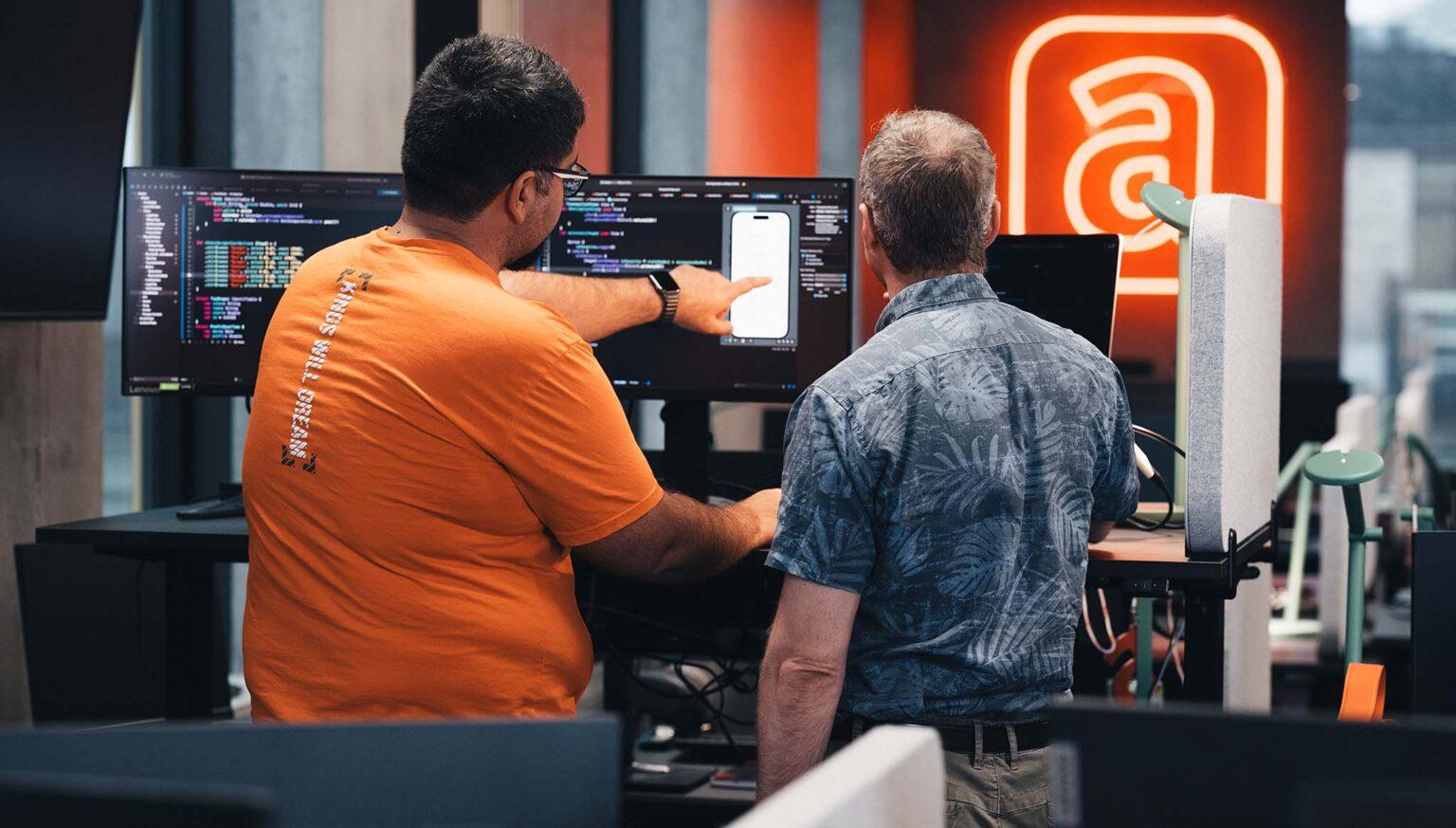I’ve always been interested in automation and digitization. In fact, through my own company, Acubiz, I’ve dedicated most of my career to exactly this.
Acubiz’ core area is the process around the type of expenses that’re created by the employees. In other words, we’re all about securing a digital and automated flow from the moment an expense occurs to the moment it’s booked and accounted for? This includes all related legal documentation requirements, allocation options, requirements for the approval process, requirements related to company policies as well as the actual bookkeeping entry.
The process around this type of expenses is just one of many in the whole complex of finance processes. Or put in another way; one component in the journey towards the digital accountancy. In this blog post, I’ll touch upon the processes related to accounts receivable and accounts payable and list a few tools, that’ll help optimize and digitize. It’s two of the core processes in the finance function, and typically the two most expensive processes – but why are so many businesses still relying on slow manual work, when it comes to accounts payable and accounts receivable?
Accounts Receivable
Debtor management involves many subprocesses and it’ll quickly become a complex affair with many pitfalls, that potentially can harm a business.
Traditionally, the accounts receivable work has involved many manual tasks across the process with credit rating checks, registration and booking of payments, bank reconciliation, payment reminders, notices, objection handling, debt collection etc. An efficient process around all of this, will help optimize cash flow and improve liquidity. Multiple research shows that businesses with an effective cash flow can grow faster and they’re generally valued higher. So, for a finance department, a solid process around cash flow and liquidity management is one of the most important instruments needed for gearing the business for better performance.
A dead straight and digitally based process in the accounts receivable department isn’t only reserved for large organizations. Not saying that all large organizations run a smooth, digital and automated AR process, though, many can improve. But it’s also for small and medium sized businesses, and there’s a wide range of easily accessible solutions and services on the market, that’ll help bring businesses of all sizes in their move towards a digital accounts receivable process.
I’ve listed a handful of examples below, they’re worth checking out:
- Likvido – Danish developed system to manage debtors.
- Tesorio – American based platform to optimize cash flow performance.
- FarPay – Danish platform for debtor management.
- Fenerum – also a Danish developed piece of software, specifically designed for subscription based businesses.
- Moneyflow – innovative platform, that offer immediate payment of invoices.
Accounts Payable
In the same way as it’s evident for the accounts receivable process, the management of creditors involves numerous subprocesses and likewise, there’s important things to consider. The work around accounts payable can also involve a lot of time-consuming work. The very process around control and approval of supplier invoices, including verification whether invoice data corresponds with what’s ordered and delivered, can eat up hour after hour. And this time consumption doesn’t only happen in the finance department, but also across the rest of the organization. In addition, how you control payments also affects your cash flow and liquidity.
When we’re talking about accounts payable and creditor management, there’s also digital tools out there, that can help automate this process. These types of tools are often categorized as “invoice management” and “purchase to pay” solutions. Generally, these systems digitize and streamline the process from a purchase is made and until it’s booked and paid. I.e. from a requestor orders goods or services, to the purchase is approved (perhaps on multiple levels) and until bookkeeping and payment is handled. Software in these categories will typically also digitize the invoices and structure their data content. When you’re looking for this type of solution, it’s important that you investigate the options thoroughly and secure that the system matches your business requirements. As an example, solutions that’re categorized as “purchase to pay” solutions are best suited for organizations with a complex accounts payable process.
I’ve found a few examples of nice solutions here:
- Palette – fully featured purchase to pay solution, developed by Swedish based Palette Software.
- Acubiz Invoice Management – our proprietary invoice management solution, that comes with an intuitive mobile approval workflow.
- Roger – Danish developed software for creditor management, including approval and payment.
- MediusFlow – software for digital accounts payable automation from Swedish Medius.
As I initially mentioned, Acubiz’ core area is around the expenses that’re created by the employees, for example related to travel activity. It’s also called Expense Management or handling of outlays, disbursements or travel expenses. For most businesses, the work with this, is typically a part of the accounts payable process. Especially for expense management, a digital service makes a lot of sense, as many receipts still come in classic physical (paper based) format. You’ve probably also noticed that I’ve mentioned that we’ve got an invoice management solution on the shelf as well. How come, you might think? Well, that’s because the actual workflow with approval, bookkeeping entry and accounting of expense receipts and supplier invoices, respectively, is very similar (unless your business has complex requirements around the supplier invoices). That’s why it makes sense, for users and approvers, to handle the tasks in a similar way, through a recognizable interface.
Digital and automated accountancy provides competitive edge
I’m fully convinced that automated accountancy and bookkeeping gives competitive advantages for a business. Simply the fact, that if you optimize cash flow and liquidity across accounts receivable and accounts payable, you’ll obtain improved financial headroom. In addition, you’ll be able to harvest time related savings through automation. This will release time for productive work, that creates value.
Have a safe trip on the journey towards the digital accountancy.

